The dreaded “pink tax,” the idea that products that would otherwise cost the same are priced higher when aimed at women, is once again at the center of a controversy following a viral video by an Australian shopper calling out Big W.
User Millie shared her anger on TikTok after finding that the pink mug in the store was priced at $5, while the other colors were only $3.50.
- Millie shared her anger on TikTok after finding that the pink mug in Big W was priced at $5, while other colors were $3.50.
- Big W explained that the price difference was due to a 'production discrepancy' and not related to gender.
- A 2022 study by the University of Chicago found that gender segmentation is real but that the prices are changed according to supply and demand.
A representative from the brand addressed the issue, explaining that it was due to “production discrepancy” and had nothing to do with the target audience of the product.
The TikToker, however, didn’t believe Big W’s defense, stating:
“You’re probably thinking, ‘It’s just a mug, buy the green one,’ but this goes beyond just mugs,” she explained. “This issue affects women’s clothing, hygiene products, birth control, razors—things that are specific to women.”
An influencer trying to call out a store’s “pink tax” over a mug gets shut down by the store, which argues the pricing had nothing to do with gender
Image credits: Celco85
For Millie, who describes herself as an “ordinary STEM mom” and uses her platform to give advice on topics related to science and mathematics, the 42% price increase in the mug would not be tolerated if it was applied to general goods and services.
“There would be protests. But when it comes to products for women, this markup is often overlooked,” she said.
Image credits: itsjustmilliee
Her video, where she outright recommends women buy men’s products instead for better prices and quality, ignited debate in its comment section, with some users agreeing with her assessment, while others were more skeptical of the existence of a “pink tax.”
For the store chain, the cost difference has nothing to do with gender, but it was the result of a pricing error due to issues with the distributor. Big W assured customers that the pink mugs would be repriced to $3.50 to be in line with the rest of the mugs.
Studies have shown that the “pink tax” is not real, as it doesn’t target women specifically and instead responds to supply and demand for specific products
Image credits: itsjustmilliee
But, does the “pink tax” exist, or is it just a consumer myth?
A 2022 study on gender-based pricing in consumer packaged goods by the University of Chicago found surprising evidence.
The paper, which used a combination of data from grocery, convenience, drugstore, and mass merchandiser sales, confirms that gender segmentation is not only real but prevalent, with more than 80% of all products sold being aimed at either men or women.
@itsjustmilliee Mens products are normally the exact same quality as womens products but priced much more reasonably. Do better Big W. #pinktax #women #womensproducts #bigw #workingmum #workingmumlife #feminism #feminist ♬ original sound – itsjustmilliee
They did not, however, find any evidence of the “pink tax” being real when analyzing gendered versions of similar products. In fact, what they found was the opposite: the women’s variant was often cheaper than their male counterparts.
“We do not find evidence of a systematic price premium for women’s goods: price differences are small, and the women’s variant is less expensive in three out of five categories,” the study read.
The study recognizes that gender-based price differences exist, but it affirms they go both ways, with versions of the same product aimed at men sometimes being the priciest ones
Image credits: itsjustmilliee
The paper acknowledges the existence of gendered price discrepancies but argues that the cause is no different from higher charges seen in other consumer products: supply and demand.
“As an example, a soap manufacturer might sell two versions of an otherwise identical soap, a low-priced blue bar and a high-priced pink bar. Price discrimination of this sort can be profitable for firms when men and women have different demand for soap,” the study explained.
@itsjustmilliee Replying to @🌙 is the writing invisible? #pinktax #bigw ♬ original sound – itsjustmilliee
In layman terms, if the market shows that a change in coloring increases the demand for a product, thus reducing its availability, a price increase is likely to follow.
For men’s products, for example, it can be the opposite, with razors aimed at females often being cheaper than their male counterparts due to the fact that they are less frequent buyers of the item.
The cause of the phenomenon is actually due to import tariffs, with women’s clothing being, on average, subject to a 3% higher tax in the United States
Image credits: bigwaustralia
According to research by Investopedia, in the United States, apparel brands face steeper import tariffs on women’s products like silk blouses, wool coats, cotton suits, blazers, leather footwear, and golf shoes.
The extra charges have nothing to do with targeting a specific gender, however, as men’s apparel, such as cotton shirts, wool suits, synthetic fiber suits, and swimwear, also experience a markup increase.
Trying to equalize the resulting price difference can be a tricky matter, as either both versions, male and female, get priced higher to match the tariff, or they are lowered, meaning that either the producer or the retailer takes a hit.
On average, however, the tariff rate increases skew toward women, with men’s clothing being 13.6%, compared with 16.7% for women’s as of 2022.
Netizens were skeptical of the TikToker’s claims and shared their own, sometimes contradicting, experiences with the so-called “pink tax”
Image credits: bigwaustralia
Due to the ever-changing nature of pricing due to supply and demand, alongside cultural factors, discussions around the topic remain mixed.
“I asked this about a jacket. The white and black were $25 and the pink one was $40. I was told less popular colors have higher prices. What a joke,” one of the TikToker’s fans stated.
“To be fair I think the cup being costlier is a matter of popularity. You’re spot on for clothes and sanitary items, however,” wrote another one.
Others believe it’s a matter of buying habits.
“I think women don’t care for prices as much as men,” one fan wrote.
“Or we care too much – often paying more for and identical item is seen as a sign of social status,” the TikToker herself replied.
“Because women buy exactly what they want and men buy whatever is cheaper. I’m in marketing and this is well known and has been for 20 years,” one viewer explained. “It’s also not a tax because no one’s stopping you from buying the green cup.”
“My wife buys like three outfits for the price I can get one decent shirt. Your clothing is way cheaper,” stated a male viewer.
Discussion around the topic remains mixed, as netizens share their own anecdotal experiences with gender-based price differences
Poll Question
Thanks! Check out the results:
I don't know what is more ridiculous; these bloggers looking for issues like this just to post content about or the idea that something like a mug's color is somehow matched to the consumer's sex. I don't know who needs to hear this but just because marketing has some gendered theme to it doesn't mean anyone is required to adopt that same aesthetic. There is no pink tax; it's just another product begging for our money.
As long as the coffee in it is black, I don't care what color mug it's in
Load More Replies...I think the "pink tax" is a thing but nor in this case. There is an Instagram account called "pépite sexiste" who often shows examples of sexist comportments from brands and stores and ask them to change (like sexist publicities, "girl" clothes with sexist messages on them...)
Without agreeing or disagreeing with the presence of a pink tax, although the study referenced in the article seems to disagree, an Instagram that is specifically cherry picking examples that are more expensive for the "women's" version is not particularly good evidence
Load More Replies...Razor blades and deodorant definitely have higher prices for the ones geared to women
Men's deodorant is usually just deodorant, but women's deodorant is usually deodorant and antiperspirant- Go look at them. The product that does two things will always cost more than the product that only does one of them.
Load More Replies...I don't know what is more ridiculous; these bloggers looking for issues like this just to post content about or the idea that something like a mug's color is somehow matched to the consumer's sex. I don't know who needs to hear this but just because marketing has some gendered theme to it doesn't mean anyone is required to adopt that same aesthetic. There is no pink tax; it's just another product begging for our money.
As long as the coffee in it is black, I don't care what color mug it's in
Load More Replies...I think the "pink tax" is a thing but nor in this case. There is an Instagram account called "pépite sexiste" who often shows examples of sexist comportments from brands and stores and ask them to change (like sexist publicities, "girl" clothes with sexist messages on them...)
Without agreeing or disagreeing with the presence of a pink tax, although the study referenced in the article seems to disagree, an Instagram that is specifically cherry picking examples that are more expensive for the "women's" version is not particularly good evidence
Load More Replies...Razor blades and deodorant definitely have higher prices for the ones geared to women
Men's deodorant is usually just deodorant, but women's deodorant is usually deodorant and antiperspirant- Go look at them. The product that does two things will always cost more than the product that only does one of them.
Load More Replies...
 Dark Mode
Dark Mode 

 No fees, cancel anytime
No fees, cancel anytime 





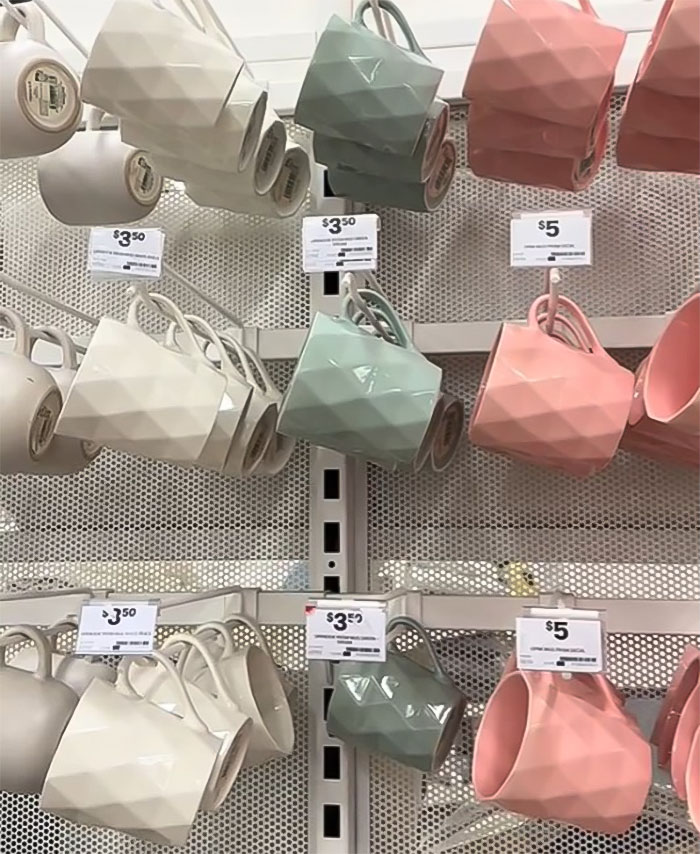
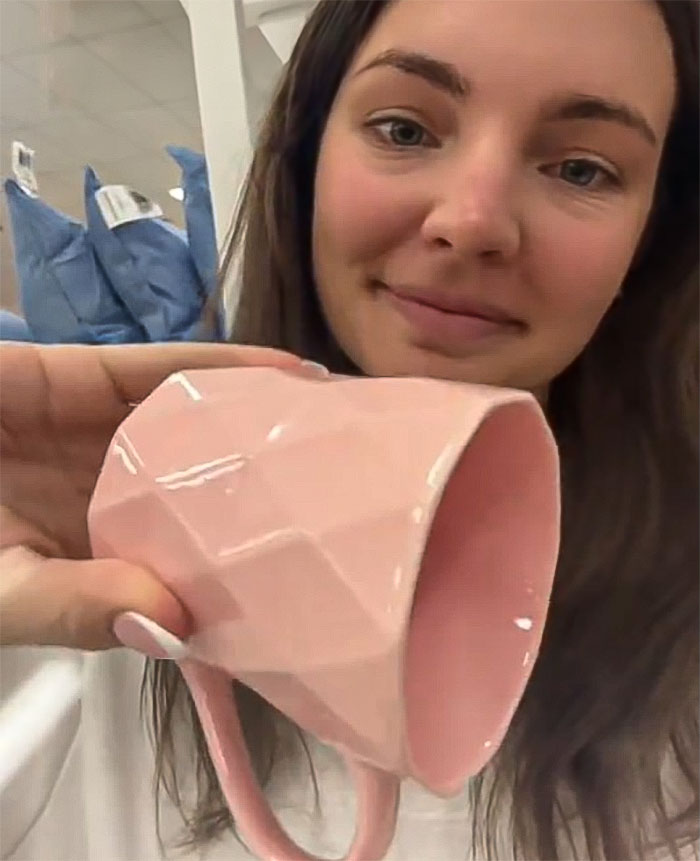
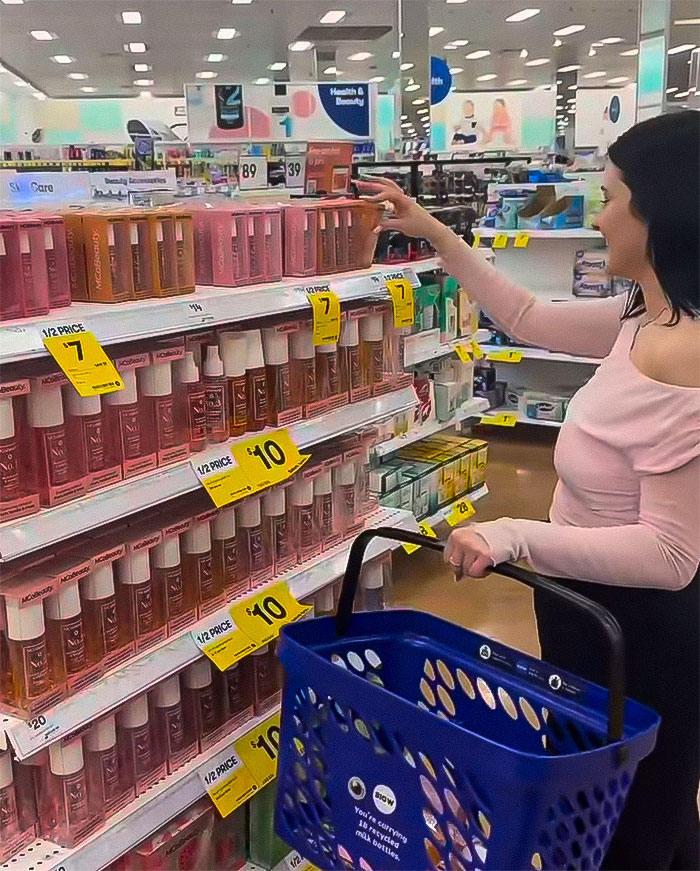
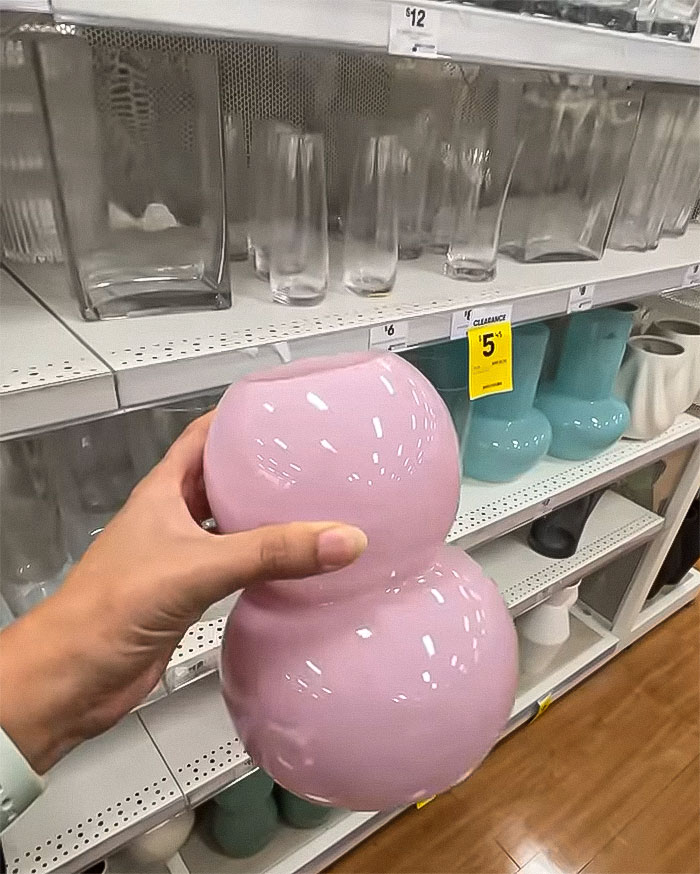
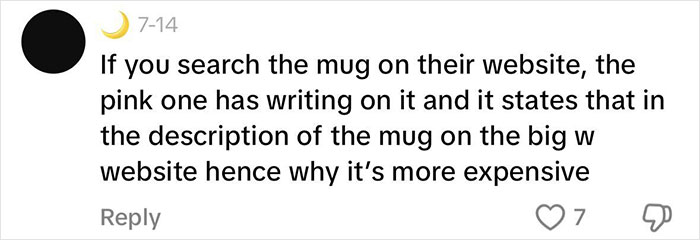


















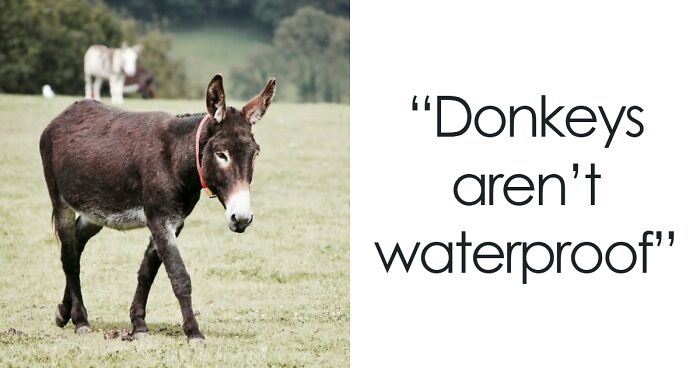








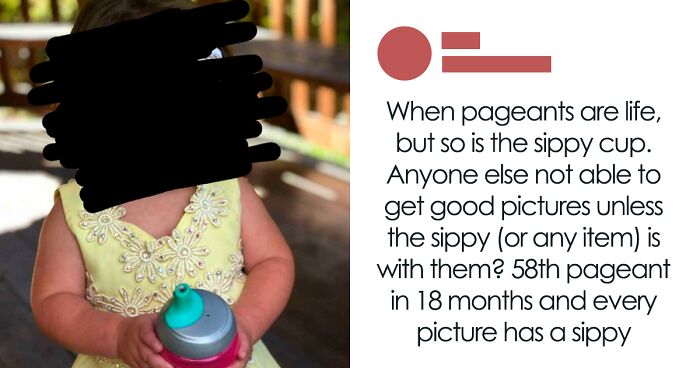



0
38